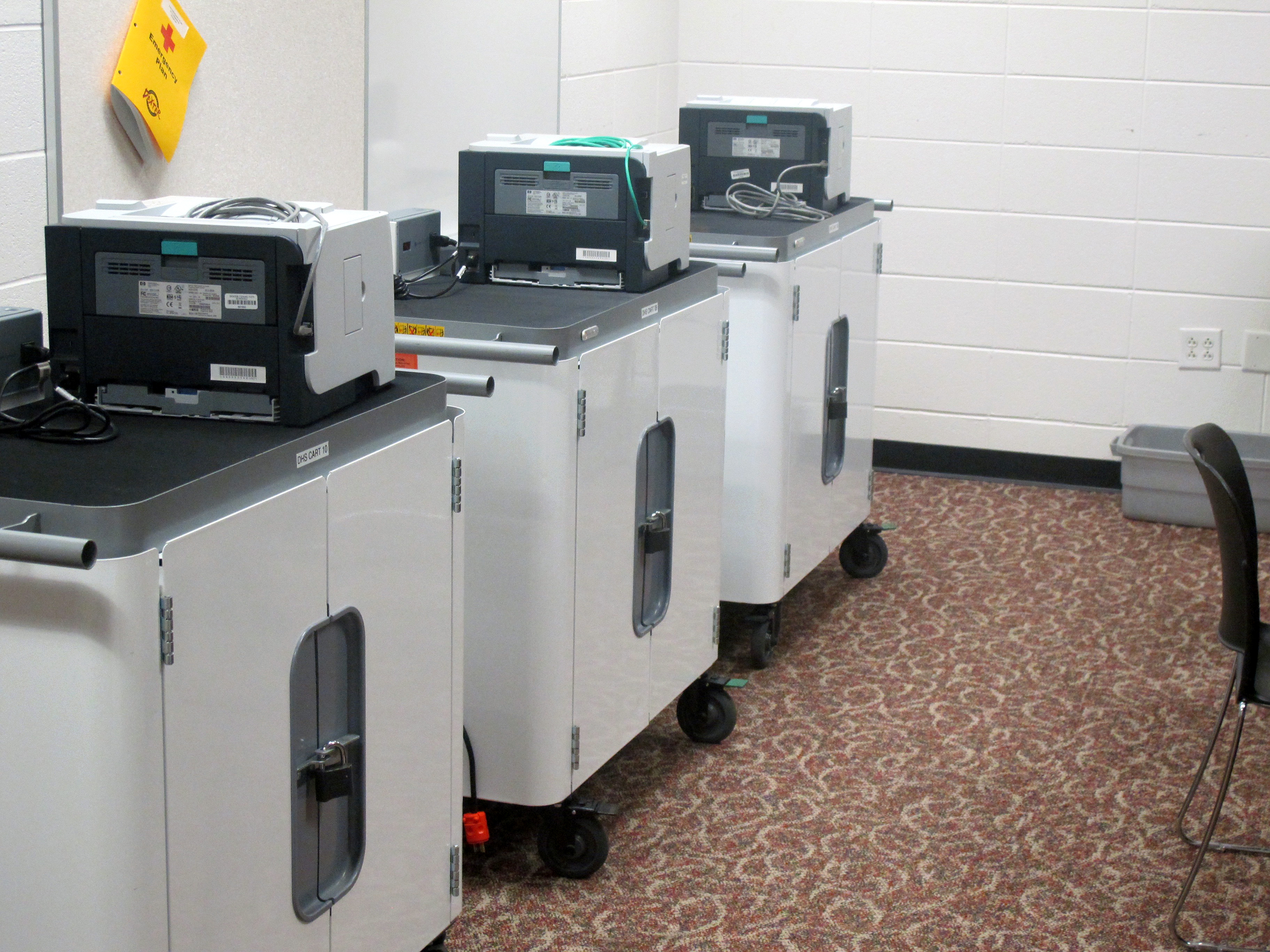An influx of new technology for DCS is meant to give students and faculty an advantage, but it may come with a cost
By Tessa Kipke
In the 2016-17 school year, Dexter Community Schools can boast that it “officially has 1:1 technology” for its students, meaning that for every child enrolled, there is a laptop, desktop computer, or tablet available to them in school for educational use.
The administration is beyond thrilled because, of course, this pushes Dexter farther and farther down the road to superior education, and we as a community are extremely invested in our schools and our children.
However, it must be asked whether this development was truly necessary. Thousands of dollars were spent on new devices (including iPads for K-2 students, Chromebooks for third-eighth graders, and laptops for high schoolers) meant to help teachers teach and students learn, but how effective are they really? A high school student who has grown up watching Dexter become more and more technologically advanced can vouch for the fact that these devices change how we learn, from lesson plans to classroom dynamics, but not all would agree that this change is for the better.
A lot of this deals with the way our schools spend money. Of course, some of the money came in the form of grants and donations meant specifically for technology, but the fact that we are so very rich in expensive and not entirely necessary computers, but poor in so many other ways, is a bit hard to swallow.
Personally, I’d rather eat higher-quality meals in the school cafeteria than have an abundance of computers at my disposal (or, while we’re at it, maybe not run out paper in classrooms part way through second semester for the third year running).
In a classroom, there are different ways to use technology. One is as a tool, to assist students and teachers doing projects online, writing papers, researching, or presenting Powerpoints. Obviously, computers are super useful in this respect, and nobody would argue that they shouldn’t be used this way.
Another way is as kind of a teaching substitute, wherein instead of explaining a concept or vocab term themselves, teachers let students loose on the Internet, or even show videos of other teachers giving a demonstration. Don’t get me wrong – this is a totally understandable practice, and it’s often quite effective. But if it’s done constantly, consistently, classes and curriculum become a confusing mash of vague Internet content and other teachers’ words.
As useful as the Internet can be, it simply isn’t the same as having a real person in front of you, teaching, learning, absorbing.
In many cases, instead of helping teachers and students work together, technology creates a bigger divide. Less focus on buying things for our schools and more on quality and human-to-human interaction could bring about more cohesive learning environments, benefiting everyone.

